A battlesuit with missiles so smart, they went to college and everything. Click to read more, or check out the Tactics Corner for more reviews and strategies.
Overview
The Broadside battlesuit is technically a variant of the Crisis suit, having been developed by Earth Caste engineers after a veteran pilot asked them “what if more gun?” In all seriousness, the Broadside was created early along in the Tau’s expansion when it became clear that while the Crisis suit had an excellent blend of mobility, firepower, and resilience, there were situations where the Tau would need to “anchor” a section of a line with overwhelming superiority of fire- and that was where the Broadside came in. Over the years, the chassis has been rebuilt time and time again, growing further away from its roots each time as additional weaponry, servomotors, armor, and sensory systems were built on along with an improved power plant, cooling baffles, etc, etc. It is now almost unrecognizable as having been descended from the original XV8s and has likewise evolved a unique role on the battlefield that extends well beyond simply being a static bunker unit.
In 8th Edition, Broadsides have seen some significant statline upgrades to bring them more in line with what you might expect from their model- although they still feel a tad flimsy in that regard. With a 5″ move they are one of the slowest units in the Tau codex, especially as they lack the Fly keyword- a critical vulnerability we will discuss more in detail later. Weapon skill 5+ and ballistic skill 4+ are pretty standard for a Tau, if somewhat lackluster in the context of the overall game. Strength and toughness five are rather low for something that is fully the size of a Dreadnought, but six wounds is at least an acceptable number, especially combined with a 2+ armor save. Two attacks per model is almost wholly meaningless, though it will occasionally surprise someone who dives into combat with them, and leadership seven is acceptable given the small squad size. One model can be upgraded to a shas’vre (leader) for no additional cost, gaining a leadership and an attack, and squads can be up to three models strong in total; coming spot-on at 100pts for the stock loadout, Broadsides are certainly pricey, but they are well worth the cost if you are looking for raw firepower and little else.
Special Rules and Wargear
As with virtually all Tau units, Broadsides come with two of the default special rules- Bonding Knife, which ensures they auto-pass morale checks on a ‘6’ (making it all but impossible for the unit to ever fail one) and For the Greater Good, which allows them to support nearby units with overwatch- both of which they can make excellent use of overall. Broadsides have no other innate special rules, being as they are simply a very large gun platform with legs.
A Broadside has its choice of two weapon systems each for its “primary” and “secondary” slots, which can be freely mixed within a squad; however, as with most such units it is almost always better to keep loadouts identical across all members of a squad unless you have a very clever plan (and trust me, your plan isn’t as clever as you think it is.)
The primary weapon system comes standard as a Heavy Rail Rifle (60″ S8 AP-4 DmgD6 Heavy 2 6s cause a mortal wound), an excellent weapon for reaching across the table and touching something. Sitting on par with Imperial weapons such as as the Lascannon on a shot-for-shot basis, the Heavy Rail Rifle excels against medium-weight vehicle and monster targets that lack an invuln; however, since such units are extremely scarce these days due to the presence of the Castellan, I don’t generally favor this version- though it can do some neat tricks with Focus Fire. Instead, I usually lean towards the alternate main gun, a pair of High-Yield Missile Pods (36″ S7 AP-1 DmgD3 Heavy 4 each, so 8 total.) These tend to combine better with some of the support systems that the unit has available and are a more flexible gun overall- they also suffer less when shooting units with an invuln, targets which can be very problematic for Tau otherwise. You pay a small tax (15pts) when upgrading to the missiles, but it’s well worth it in my opinion.
The model’s secondary weapon system starts off default as a pair of Smart Missile Systems (30″ S5 AP0 Heavy 4 ignore LoS/cover), which give it an excellent way to deal with dug-in infantry as well as general support firepower; you can trade the two of them for a pair of Plasma Rifles (24″ S6 AP-1 Rapid Fire 1 each); this is cheaper (saving you 14pts), but is drastically less effective against virtually all targets. The lower range is also troubling, so I wouldn’t generally go for it unless you are trying to minimize the cost of the unit for some reason.
Each Broadside can also take a single Seeker Missile (72″ S8 AP-2 DmgD6 heavy 1 needs markerlights to fire) as an add-on weapon. I don’t often end up using these, as there are typically better places to spend a handful of points or to get a Seeker platform if you need it, but the option is nice to have if you really want to push your alpha strike.
Broadsides can also take one item from the Support Systems list; unlike on a Crisis, this does not replace one of their weapon systems and thus ends up looking a lot more attractive overall. Many of the options are quite useful, but my personal favorites are Advanced Targeting System (improving your AP by one with all weapons) and Target Lock (allowing you to move and fire with no penalty), both of of which bring a lot to the unit. But Velocity Tracker (+1 against Fly), Drone Controller (+1 to hit with Drones), and Early Warning Override (shoot at -1 against reserves) can all be very helpful as well, depending on your needs,
Like most battlesuits, Broadsides can be accompanied by a unit of drones as well, up to two per battlesuit model. Although this isn’t a critical option to consider, it does help condense your drop count down slightly, which is handy. In most cases it’s a “might as well” sort of option to take, though in rare cases the altered battlefield role or lack of a detachment slot will be important.
Uses
So, point for point, Broadsides are one of the hardest-hitting units in the Tau codex, at least assuming no penalties to hit. With the ability to dump out sixteen medium-strength shots (all with some AP) from a single 125pt model, a unit of Broadsides can be incredibly dangerous to the enemy. At the same time, they are a very vulnerable unit- with low wound count compared to similar equivalents (e.g. a Predator) and no ability to back out of combat like virtually all other Tau units, Broadsides can be very easily shut down by the enemy with smart movement.
Broadsides exemplify the type of firepower that Tau are best at- the sheer weight of dice from mid-strength, medium-range guns. Although the Autocannon-esque profile on the High-Yield Missile Pod might not impress at first glance, the fact that it gets eight shots with it probably should, not to mention the backup firepower from the very excellent SMSs. The HYMP can absolutely batter most enemy vehicles and monsters into submission with ease, especially when taken alongside Advanced Targeting to buff its AP up to -2 overall- and at the same time, it has enough dice to be frightening to massed infantry as well, and even heavier targets with Knights are in reach when you start adding buffs. Multiwound targets such as Vertus Jetbikes should be especially scared, as they are wounded easily and take the full brunt of the d3 damage from each of the missile shots; this can add up very quickly, and it’s not unlikely for a unit of Broadsides to clear a whole squad of such models by itself. The SMS also helps here by not only being able to blast units off of hidden objectives, but also being strong enough to wound even the heaviest units in the game reasonably often- and while those AP-1 Dmg1 shots may not seem like a lot, in combination with all of the other firepower they can really start to add up.
This benefit of the sheer weight of fire Broadsides put down is especially noticeable on overwatch, where the suits (or anything within 6″ of them) becomes all but unchargeable if you are Tau sept. While model-for-model a Riptide might lay down more fire, Broadsides have the advantage in terms of total numbers out of a single unit (as many as forty-eight shots at once), and their larger unit footprint allows them to “guard” larger sections of the backfield more easily. With an expected sixteen hits from that volley, all at good strength and AP, and the potential for a hot roll to just completely wipe a unit out or cripple a vehicle, Broadsides are a tough nut to crack unless the enemy can ensure charges from out of sight- and even that is not a perfect defense.
However, with all of their weapons being Heavy and only starting with BS4+ Broadsides have some significant limitations as well. Their immobility is one of the biggest issues, as Tau can already struggle to capture those midfield objectives much of the time and exacerbating this problem is often not a good strategy. A firebase centered around Broadsides may be nigh-invulnerable, but if your opponent simply pulls ahead on points this may never matter unless you can table them. Fortunately, moving and firing a heavy weapon isn’t nearly as punish as it used to be, and Tau have several solutions that can be enacted on the fly (Mont’ka off a Commander, 4+ Markerlight hits) to help mitigate the issue.
In fact, as a recipient for buffs of various kinds Broadsides are one of the most effective choices in the codex due to their concentration of firepower. Being largely stationary anyways a Kauyon is incredibly beneficial and Markerlights can put them up to the top as well- hitting on 3s rerolling 1s or 4s rerolling everything with both make them pretty monstrous to deal with. Similarly, Command/Control Node (if you have a Commander nearby- like, say, Shadowsun) to reroll all failed wounds can really turn them into a beast. And if you pop both? Well, expect to vaporize just about anything you get in your sights, 3++ save or not.
If you’re bringing a unit of Broadsides, you’re also looking at bringing a bunch of drones to go along with them- probably not less than four drones per suit model and quite possibly more than that, depending on your overall strategy and points value. Without this investment you will find your suits to be very, very easy to get rid of, as a handful of Lascannons or similar shots will put them in the ground. On the flip side, though, with enough drones it is quite possible to just laugh your way through the enemy shooting phase without a care in the world, eating fire from one or several Castellans with little to no consequence.
Countering
Although Broadsides do represent firepower in its purest form, this is something of a double-edged sword because there is a reason that people are usually willing to shell out for some protective special rules. They are very, very vulnerable to counterplay and disruption, unlike most of the other Tau suits, and even just a very small error on their controller’s part can render the unit useless for a turn or even completely dead.
The first, and perhaps least obvious aspect of them is their range. Unlike most heavy shooting units, Broadsides do not have particularly long reach on their guns- thirty-six inches isn’t really short, but neither is it “reach across the table” long, either. In many deployments and for many armies, it is possible to position such that Broadsides simply don’t get to shoot on the first turn of the game- which is a major problem for the Tau player, because that first turn is often critical to the flow of their game. Even if they do get to shoot, it may often be at less-than-optimal targets, and since Tau often rely on optimal shooting to win the game for them.
Second, and related, is line of sight; while the Smart Missiles ignore LOS, the High-Yield ones do not and so denying them LOS can significantly blunt the output of the unit. This is most important on overwatch, to avoid giving your opponent a free baby-size shooting phase, but even during the normal turn structure it can be a huge help as well. Tables (or events) with large amounts of terrain on the table can be very problematic for Broadsides even when shooting lanes do exist because they force the unit to stay on the move when they would rather be stationary.
And that brings us around to the third major point: getting high-fived. As mentioned before, Broadsides lack the fly keyword and thus even a single enemy model coming within 1″ of them will force them to give up their shooting phase. Although the For the Greater Good rule makes this somewhat harder to achieve than it might otherwise be, it’s still very possible to do for many armies, and if you are facing them you should be striving at all times to get in range to give them that love tap to ensure that their next shooting phase is an uneventful one. (Of course, tri-pointing a unit so that nothing can shoot at you is even better, but that’s more of a general strategy against shooting armies of all sorts.)
Last but not least, remember that the survivability of Broadsides is almost entirely dependent on drones; if you can get rid of those drones early on, you can start pointing your big guns at the Broadsides themselves before the Tau player erases them all. Weapons that ignore line of sight are especially useful here, as Tau will usually hide at least some of the drones behind walls and in other tricksy places to deny you the opportunity to aim at them.
Final Thoughts
With the points reductions from Chapter Approved, Broadsides are a very effective tool in the Tau arsenal and can be a huge headache for opponents to deal with, yet still have significant weaknesses that can be exploited as well. Although they aren’t going to be a universal feature of Tau lists, like Riptides you can expect to see them as very common features in “standard” Tau armies due to how efficient they are as an overall choice. Unfortunately, the “classic” Broadside is fairly trashy right now due to GW’s struggle to balance high quality vs. high RoF guns against each other still, but that is something of a side complaint- we can’t expect that absolutely every possible loadout is going to be amazing in all metas.
As always, remember that you can get your wargaming supplies at great discounts every day from the Frontline Gaming store, whether you’re looking to start a new army or expand an existing one.

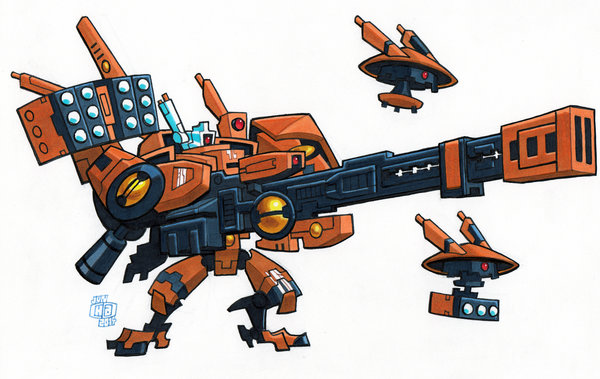
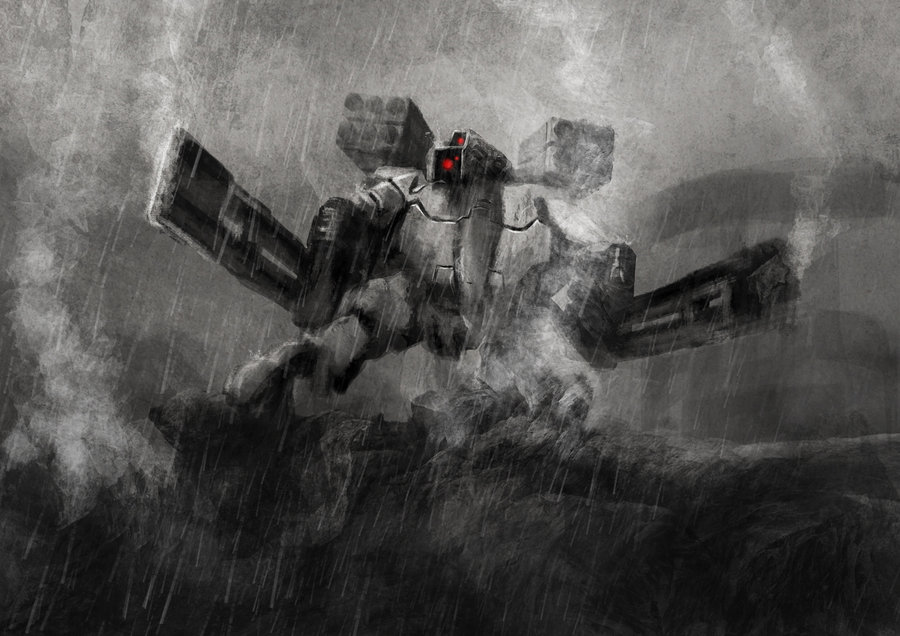
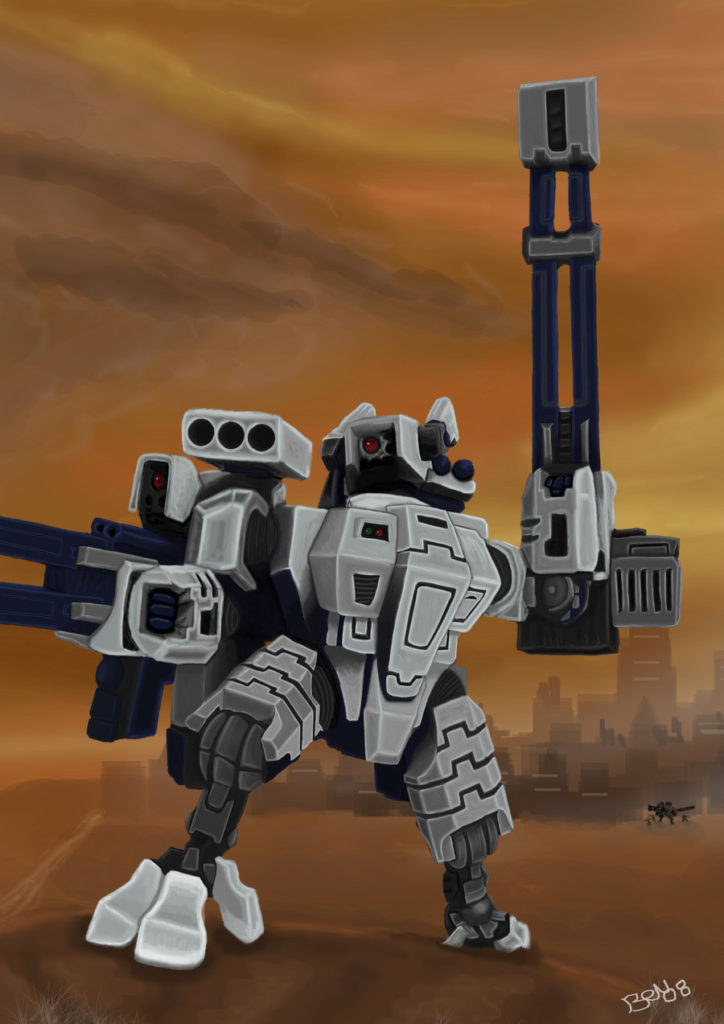
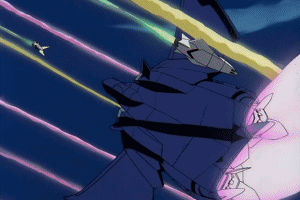

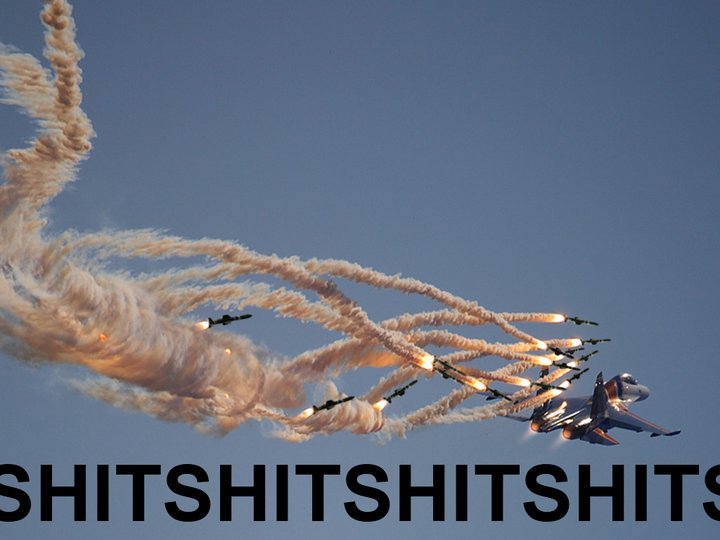

I lean toward target locks over the ATS specifically because of the mobility issue broadsides have.
I like Target Lock on my Railsides, but ATS is super valuable on Missilesides.
Sa’Cea singleton suits with a drone controller, rail rifles, and plasma are very cheap and do a great job of buffing sniper drones or marker drones and the plasma is great for overwatching things. Failing that, I also like the rail rifle and the velocity tracker, because it’s so cheap to add and makes them very reliable against a lot of high value targets withiut needing much markerlight support. They can hang out in a corner and fill space for deepstrike denial on a budget.
Seconding DCs for a SDT + Firesight Marksman. It’s a nifty bonus, especially if you’re using the SDTs as a screen for the XV-88s.
I feel that while you have noted the possibility of using the heavy rail rifle you never really went into it at all, the rest of the article was about the HYMP loadout.
I am at the point of considering pulling the HYMP off my broadsides and switching to HRR; largely for the reason that the targets that HBC riptides are bad at handling will also shrug off shooting from HYMP. I have seen the full load of high yield missiles from a buffed unit of broadsides (Kauyon and C&CN) fail to take a Wave Serpent down a tier; which is depressing. The HRR damage profile is much less susceptible to the serpent shield and because that weapon really does not need the ATS you can fit a much needed VT on the broadside instead so that you are more likely to hit.
The HRR is more of a specialist weapon than the HYMP but it fills a role and I would rather my broadsides do that (for less points) than my Riptides switch weapons (for more points) to do it.
Well, the missiles are just kind of better. Rail is cute, but statistically it’s basically always worse and less flexible, so for the token cost increase you should just take missile instead.
All my articles are about competitive play. If one option is strictly superior, that’s the one I’m gonna spend all of the time on.
My comment was about competitive play but it could be meta-dependent. If the main thing that might stop me winning a tournament is Eldar flyer nonsense with wave serpents along then the HRR is not inferior for me in that meta. The railside does more damage to wave serpents than the missileside for less points; the very definition of more efficient.
The HYMP is definitely better against most targets but those are targets I have lots of tools for dealing with already. Essentially those are opponents who when I look at the list I am already thinking I am going to win. I am willing to trade out some efficiency in the easier games to gain some efficiency in the harder games that would otherwise stop me winning the tournament.
Similarly they are great at reaching out and touching AM artillery – except in a meta where LOS blocking terrain is so ubiquitous that AM artillery are untouchable. So if the article is specific to an ITC-like competitive format (which would be understandable) then I would agree that all long-range shooting weapons such as the HRR which lack the ability to ignore LOS are overcosted and sub-optimal.
If your meta does not look like an Aeldari fly-past and is consistently full of LOS blocking then the HRR is a poor meta choice.
I see a lot of similarities between HYMP broadsides and ion ghostkeels. For a little more pts, I like the added survivability of the ghostkeel.
Fly adds a LOT. What are your thoughts on the comparison?
I would say they are similar on a very basic level, but that the Ghostkeel lacks a lot of the features that make the Broadside impressive. It can’t be taken in squads (to maximize use of stats), doesn’t have the raw firepower (6 shots on main gun vs 8), its secondary weapon is significantly inferior, and it costs half again as much.
That’s not to criticize the Ghostkeel, as it has advantages of its own, but I wouldn’t consider it a substitute for a Broadside. Similar stats, wildly different uses.
I think you are over-estimating the cost of a ghostkeel
Stock Missileside (HYMP/SMS) is 3 points cheaper than a stock Ionkeel (CIR/BC).
Now obviously you do have to take the two drones with the ghostkeel but if we are discussing competitive play then you will be taking at least that many drones for each broadside to keep them alive. Arguably with their higher toughness and native -1 to be hit the Ghostkeels need a slightly lower total investment in protective drones.
The key thing that you cannot do so well with Ghostkeels that is very popular with broadsides in competitive lists is form the shooting castle with Shadowsun. A block of 3 broadsides with Kauyon and Command & Control Node will be re-rolling everything for the first two turns and can dominate a substantial portion of the table. Only one Ghostkeel can benefit from C&CN each turn and they really lack the range to dominate the table when static with Kauyon.
I think the real kicker is that in ITC the need for ignores LOS shooting is so strong that any big hitter than cannot mount SMS is always a second best choice over one that can. Outside of ITC I think the Ghostkeel is a real sleeper unit post-CA18.
I think you hit the nail on the head there. I stopped playing ITC with my tau since enclosed ruins came out. There’s just nothing I can do against them… :(. But that’s why I have 2 armies!